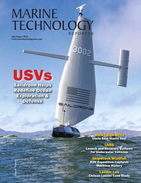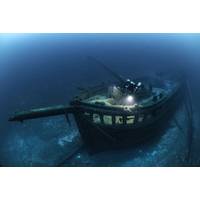
NOAA Awards $2.1 Million for Ocean Exploration Projects
allow this research team to access unexplored mesophotic reefs and characterize reef fish communities and habitat of western Puerto Rico. Here, Richard Coleman, the project’s principal investigator, is using CCR technology to survey fish communities on the island of Pohnpei, Federated States of Micronesia. Image courtesy of Richard PyleExploration and Characterization of Deep-Pelagic Crustacean Diversity in the Southern California Exclusive Economic Zone - (Principal Investigator: C. Anela Choy, Scripps Institution of Oceanography)The deep ocean is the largest living space on Earth, and the deep-pelagic
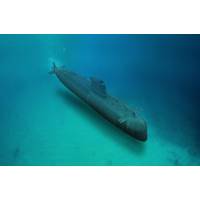
U.S. Revives Cold War Submarine Spy Program to Counter China
, the two people said.The Chinese push extends far into the Pacific. The state-run China Academy of Sciences said in 2018 it was operating two underwater sensors: one in Challenger Deep in the Mariana Trench, the deepest known point on earth; the other near Yap, an island in the Federated States of Micronesia. Though China says these sensors are used for scientific purposes, they could detect submarine movements near the U.S. naval base on Guam, a Pacific island territory, the Navy sources said.China’s Ministry of Defense did not respond to requests for comment about any aspect of this story
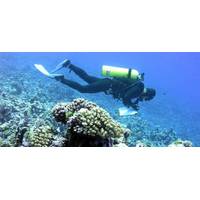
NOAA Awards $9.3 Mln for Coral Reef Conservation
The NOAA Coral Reef Conservation program is awarding more than $9.3 million in grants and cooperative agreements to support conservation projects and studies to benefit coral reef ecosystem management in seven U.S. states and territories, the Caribbean and Micronesia. Recipients will provide nearly $6 million in additional support. All projects focus on the three primary threats to coral reefs: global climate change, land-based sources of pollution and unsustainable fishing practices, and highly threatened coral regions and watersheds. “We’ve funded projects that
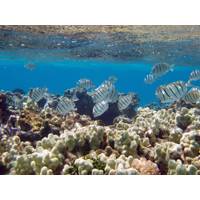
NOAA Boosts Efforts to Conserve Coral Reefs
More than $8.4 million in grants and cooperative agreements has been awarded by NOAA’s Coral Reef Conservation Program this year to support conservation projects and scientific studies that benefit coral reef management across seven U.S. states and territories, the Caribbean and Micronesia. NOAA said all projects focus on the three primary threats to coral reefs: global climate change, land-based sources of pollution and unsustainable fishing practices, as well as priority coral reef regions and watersheds. Funded projects include grants to reduce sediment and improve
SCUBA Divers Help Researchers Monitor Sharks
at the University of Western Australia (UWA) and the Australian Institute of Marine Science (AIMS). AIMS explain that the study compared counts of sharks reported by professional dive guides with automated counts generated by sharks tagged with acoustic tags at popular dive sites in Palau, Micronesia. The data from the dive guides, who monitored sharks over 5 years in more than 1000 dives, closely mirrored results from the tags, showing that the guides were accurate and reliable observers – and in some cases even better than the high-tech tags. Excitingly, data from the dive
Rear Admiral Lockwood Joins OceanGate Board
find the next generation of biomedical cures.” Lockwood’s distinguished military career in the U.S. Coast Guard included a combat tour commanding the patrol boat Point White in the rivers of Vietnam and the South China Sea. He commanded the cutter Basswood in the Western Pacific, Guam, Micronesia, and the Philippines, and captained the cutters Juniper, Taney, and Chase in the Atlantic and Caribbean. In 1987, he took over as the first commodore of the Caribbean Squadron, the largest joint Coast Guard/Navy air and surface force assembled since World War II, overseeing maritime drug surveillance
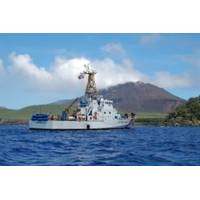
Traditional Micronesian Canoe Sinks, Students Rescued
Division of Maritime Law Enforcement and the Royal Australian Navy Maritime Surveillance Advisor partnered to provide assistance. The mariners in distress originated their voyage on a 60-foot traditional sailing canoe traveling from Palau to the outer islands of Yap State in the Federated States of Micronesia. The vessel had ten crewmembers onboard, including students from the Palau Community College; Palauan, Japanese, and US Citizens. Using a satellite telephone, the canoe contacted officials at the Community College at 6:30 am Chamorro Standard Time (ChST), on 04 March, and indicated the vessel
 August 2025
August 2025


